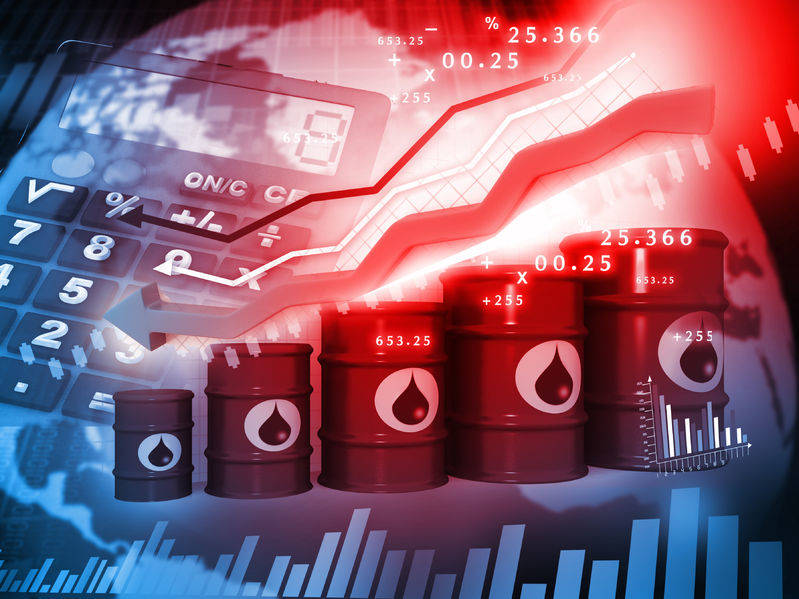The State of Alaska will earn more money from oil than previously expected, but it still faces a multibillion-dollar deficit, according to new predictions released by the Alaska Department of Revenue at noon Friday.
According to the state’s annual spring revenue forecast, Alaska will earn $2.34 billion in “unrestricted general fund” revenue in the current fiscal year. In fiscal year 2019, which starts July 1, the state is expected to earn $2.26 million.
“It’s good news, but it’s not earthshattering in the sense that we’re facing a $2.5 billion budget deficit again this year, and there are still things we need to do at the state level to stabilize Alaska’s economy,” said Sen. Anna MacKinnon, R-Eagle River and co-chair of the Senate Finance Committee.
“I think it’s good news but not the kind of news you could take out cheerleader pom-poms for,” said Rep. Les Gara, D-Anchorage and vice chair of the House Finance Committee.
“There’s no one piece of revenue that’s going to solve the deficit,” he said. “Until people understand that … we’re not going to get out of this mess.”
The estimate for this year is $256 million higher than the previous estimate, released in fall 2017. The estimate for next year is $212 million higher than the previous estimate.
The newer estimates could reduce Alaska’s multibillion-dollar annual spending gap, but lawmakers are considering budget plans that boost spending this fiscal year and next, so the final size of the deficit is not clear.
On Friday, for example, the Alaska Senate voted 16-1 in favor of a $110.2 million spending bill that requires more than $91 million of unrestricted general fund spending in addition to what the Legislature approved last year. (The House already approved the additional spending, and the bill passed with bipartisan support in both House and Senate.)
Unrestricted general fund revenue is the amount of money the Legislature has to spend if federal money, the earnings of the Alaska Permanent Fund, and cash designated for specific programs is subtracted from the balance sheet.
In Alaska, most unrestricted general fund revenue comes from taxes on oil. Because the price of oil is based on global factors, the state does not know how much money it will have to spend until it has already spent it. Lawmakers draft the state’s annual budget, in effect a spending plan, on estimates.
The annual spring revenue forecast is the most important of these estimates because it is the latest available information before the Legislature finalizes the next year’s budget.
Last year, the Legislature passed a $10.2 billion state budget for the current fiscal year (FY 18), which ends June 30. According to figures from the Alaska Office of Management and Budget, state spending in FY 18 is expected to rise to $11 billion once the Legislature passes its annual supplemental budget.
Lawmakers are currently at work on the budget for the next fiscal year, which starts July 1. Gov. Bill Walker has proposed spending $10.7 billion, but the governor’s budget assumes the Legislature will pass several budget-altering pieces of legislation. Thus far, that legislation has not advanced.
The documents released Tuesday project average oil prices $5 higher than they were in the fall, or $61 per barrel. (The average is over the entire fiscal year, from July 1, 2017 to June 30, 2018.) In the next fiscal year, the state expects oil prices to average $63 per barrel. From there, the state expects prices to rise gradually, with only slight increases above the rate of inflation, through the next decade.
That expectation is slightly more pessimistic than that of outside analysts.
The state’s forecast revenue is a product of oil prices multiplied by production: On the production side of things, the state expects an 11,000 barrels-per-day decline in production during the current fiscal year, with production continuing to decline until 2023, when it stabilizes at about 500,000 barrels per day.
• Contact reporter James Brooks at jbrooks@juneauempire.com or 523-2258.

